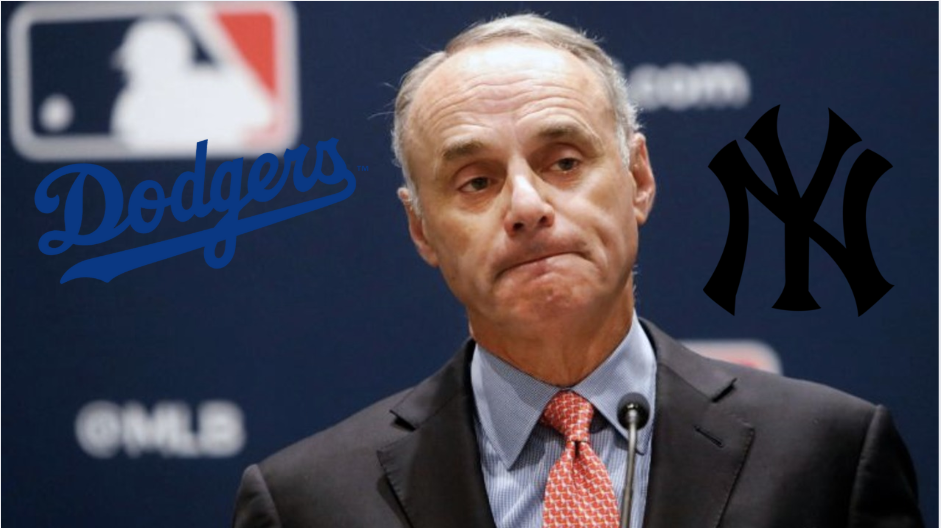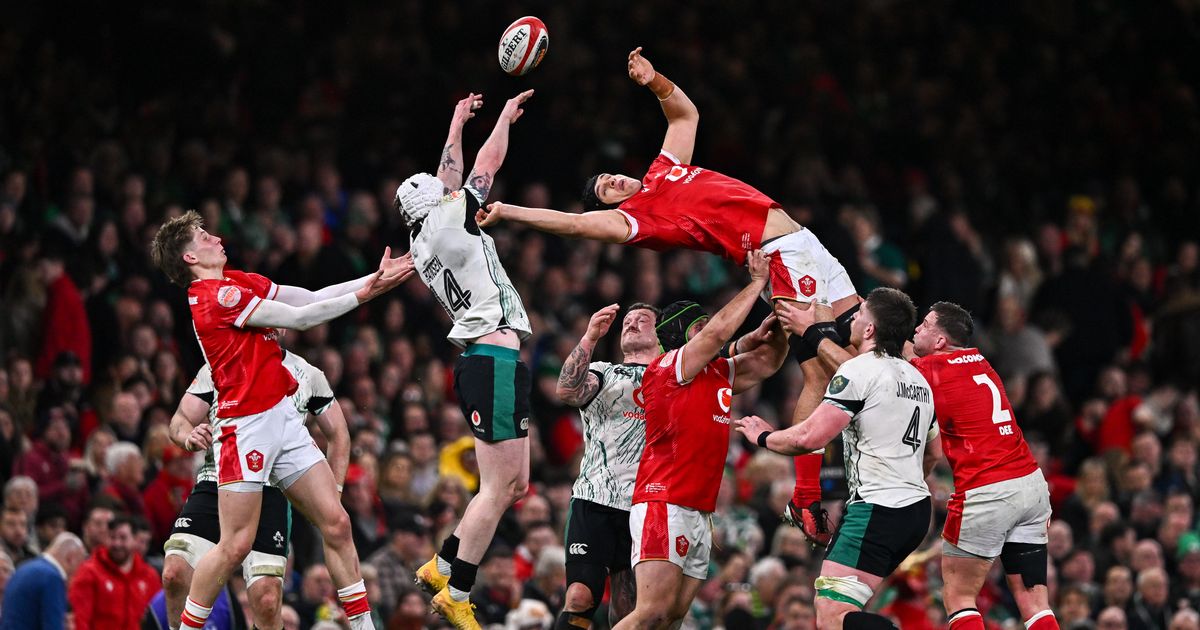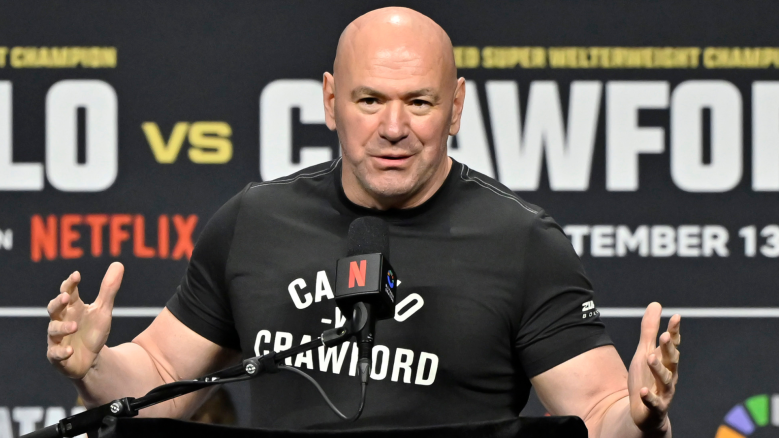
“I think if we expand, it provides us with an opportunity to geographically realign.” Last month, MLB commissioner Rob Manfred stirred up a discussion by wishing to realign the league and adding two more teams. That time, he cited the NBA’s conference-based schedule. “I think we could save a lot of wear and tear on our players in terms of travel. And I think our postseason format would be even more appealing for entities like ESPN, because you’d be playing out of the East and out of the West,” Manfred was quoted as saying. While that is still under consideration, Manfred is back again with a new plan.
This time, he has benchmarked the NFL’s media rights deal. “If I had to guess today, we would have the availability of all 30 clubs.” Manfred is hoping that his new media rights plan for MLB would be interesting enough for all 30 teams to come on board. However, as per the latest reports, legacy teams like the Dodgers and Yankees would halt the plan. And they got their own reasons! “MLB commissioner Rob Manfred is confident in his conquest to take local broadcast rights for all 30 MLB clubs to market by 2028.” Awful Announcing cited the MLB commissioner about his plan.
MLB’s media rights structure has long been infamous for creating inequality among its teams. And guess what, the disparity is striking. For example, the Dodgers’ broadcast deal with SportsNet is worth over $8.35 billion for 25 years. Meanwhile, teams like the Rockies weren’t able to secure a deal last year with MLB managing their in-market broadcasting. So, Manfred is hoping to implement a change. A change long due…
ADVERTISEMENT
Article continues below this ad
And here, the benchmark would be how the NFL works. For the unversed, since 1960, the NFL has made a deliberate choice to centralize its television contracts. How? Well, instead of allowing individual teams to cut their own local TV deals, they negotiated all national broadcast rights collectively. For instance, the NFL pulled in over $13.8 billion in shared revenue for the 2024 season, and it got split evenly across all 32 teams. That works out to about $432.6 million per franchise.
ADVERTISEMENT
Article continues below this ad
However, the focus on delivering the best product over others and the motivation behind it might get diluted over time. In MLB, teams like the Dodgers and the Yankees would always be motivated to deliver the best, owing to their own media rights.
Here in MLB, big teams like the Dodgers and Yankees would surely halt Manfred’s push, as their major revenue is generated from their local media rights. The fan base and popularity they enjoy couldn’t be replicated by others. And hence they would unlikely give up their upper hand.
A little more than a broadcast deal would cut for Manfred
So, what would be the next step for Rob Manfred, considering the legacy teams would not agree to his terms? Maybe offering something more with a TV deal? If MLB ever tried to move toward a national TV model like the NFL, big-market clubs such as the Dodgers and Yankees would need to be compensated somehow. Honestly, those teams aren’t going to just hand over that advantage for the sake of league balance without getting something significant in return.
“The best I can do for you on that right now is to say we’re not going to centralize local media as a standalone deal,” Manfred said earlier this week at the Front Office Sports “Tuned In” conference. “There will have to be other give-and-takes that make sense for all the clubs.”
So, maybe Manfred needs to alter the revenue share of the teams as per their potential. That means the Dodgers will fetch more money from the consolidated media rights than the A’s. But that again dilutes the meaning of consolidated media rights. However, offering equal media revenue to all 30 teams, despite their stark difference in fan base and brand equity, would face hurdles.
ADVERTISEMENT
Article continues below this ad
Still, if Manfred can make this change happen in MLB, the league would surely change forever and for good.



